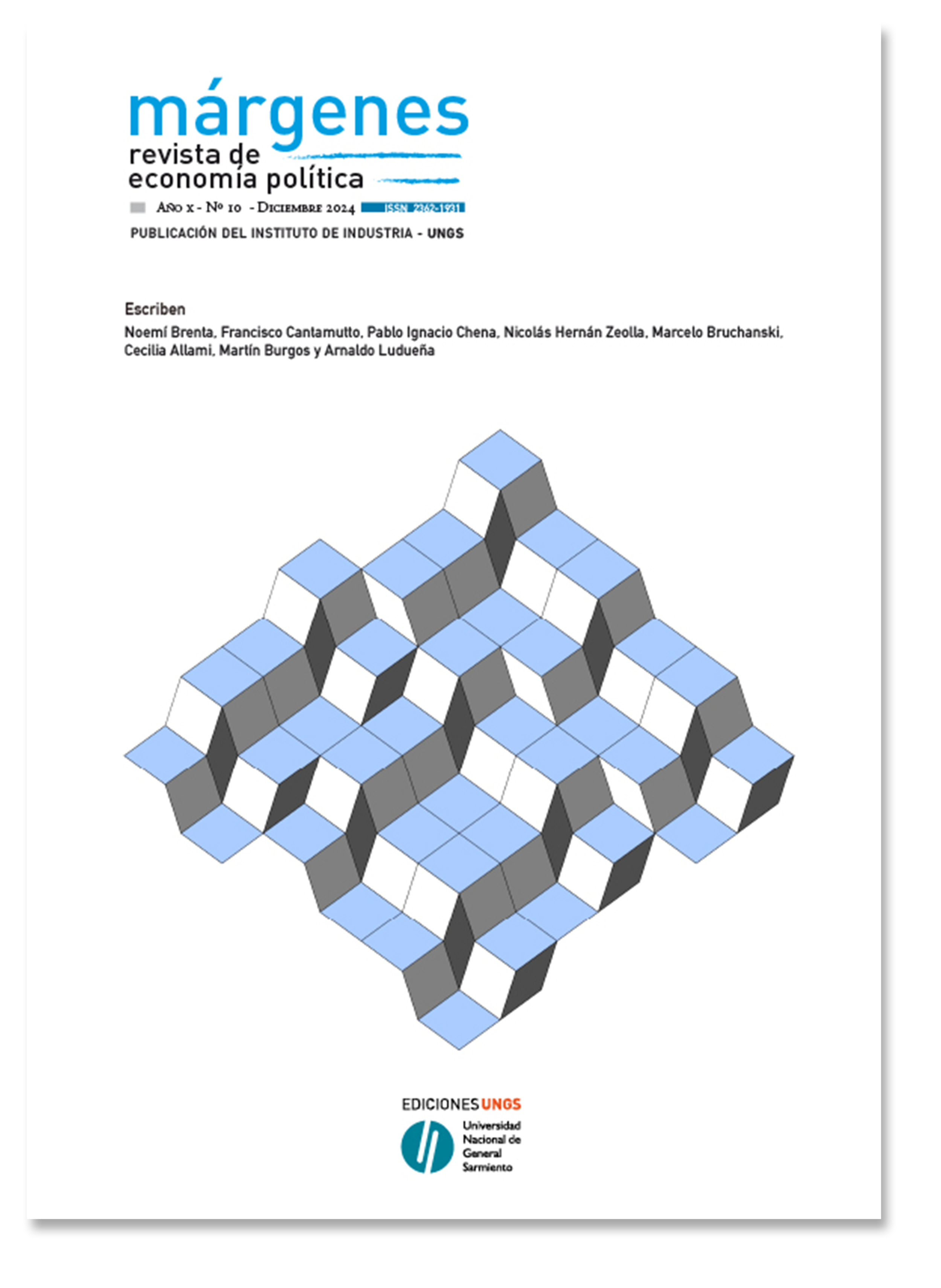The IMF, its changing view of the capital flight, and the Argentine’s experience in the 21st century
Keywords:
IMF, capital flight, legal framework, history, ArgentinaAbstract
This article explores the policies and regulations of the IMF regarding capital movements throughout its history, and their application to the case of Argentina.
Since its creation in 1944, the IMF has distinguished between different types of international capital flows: those related to direct investment and those involving speculative movements. However, the boundary between the two is blurry and populated with cases that could be classified on either side. As a result, during the industrial capitalism stage, the IMF often financed capital outflows under the pretense of monetary stabilization; and during the financialization stage, it justified the disbursement of exceptional amounts under IMF programs, in the systemic risk of sudden capital flight.
Nonetheless, the IMF does not have the legal authority to require its member states to liberalize capital movements or eliminate exchange controls. It did not originally possess such powers, nor did it obtain them when it unsuccessfully attempted to reform the Articles of Agreement in 1997 to this aim. Despite this, the IMF often acts as though it does hold these competences, backed by the powerful interests that use the Fund as a tool to impose their interests on countries seeking IMF financing, particularly in states and governments influenced by these special interest groups.







